ここからはアメリカやイギリス、オーストラリアの木について説明します。科学的な名前を避けて、日常の英語でよく使う木の名前を選びました。英語の名前を使う時は、名前の後に「tree」を付けるか付けないかは自由です。以下は、木の一覧も掲載しています。
木についてのページの一覧
willow 「柳 ヤナギ」 イギリスの川沿いそばでは、シダレヤナギ「weeping willows」をよく見かけます。この名前、綺麗でしょうか。シダレヤナギの垂れている枝は川岸で泣いている女性に見えませんか。多くのイギリス人は、「willow」と聞くと、「The Wind in the Willows ― 楽しい川辺」というとても人気の子供の本を思い出します。ちなみに、この木は「willowy」という「背が高くて、ほっそりしている」を意味する形容詞に由来しています。


oak – オーク – イギリスでは、oakが一番有名な木で、国の象徴になっています。また、「oak」はたくましさと長寿を象徴しています。「The Royal Oak」という木は、イギリスにとってとても大事です。この木は、チャールズ皇太子の命を救いました。1651年に議会軍との戦いに敗れた後、彼は追いかけてきた議会軍から逃げて、この木に隠れました。そのころから、パブに「The Royal Oak」という名名を付けるのがとても人気になりました。
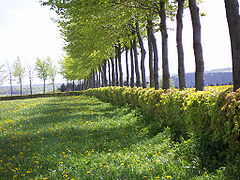

beech 「ブナ」 長い銀色の幹があるブナはよくイギリスの生垣で育てられるので、地方の道を運転していると、まるで気をつけの姿勢で立っている軍人のように道の両側に立っているブナをよく見かけます。
sycamore 「ヨーロッパの楓」 この木はアメリカの楓に似ていますが、残念なことにメープルシロップは採れません。
hazel 「ハシバミ」 この木は、ブナと同様によく生垣で見かけます。「hazel」の短くてほそく細く曲がらない幹は矢柄にぴったりです。ハシバミの実はとても美味しくて、クリスマスの時期によく食べられているので、現在では実を採るために栽培されています。
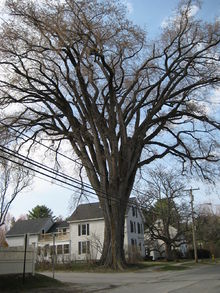

elm 「ニレ」 この綺麗な、優雅な木はアメリカやヨーロッパで大変好かれていますが、オランダニレ病の影響で、ヨーロッパのニレの並木道は壊滅的な被害を受けました。
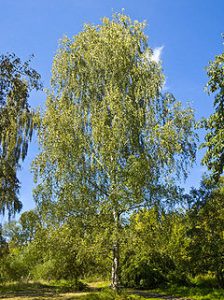

A Birch Tree


Quivering Aspen Trees
poplar 「ポプラ」 ポプラという木の属は、ヨーロッパやアメリカに幅広く分布しています。「poplar」は四つの木の種類を含みます。一つは先ほど説明した「aspen」。残りの三つはアメリカでは「cottonwood」と呼ばれています。どのポプラの葉も大きい扇子のような形をしています。
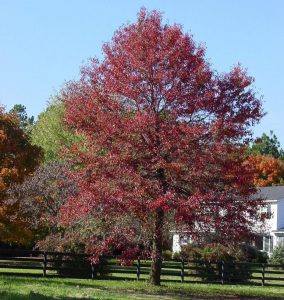

A Tupelo Tree
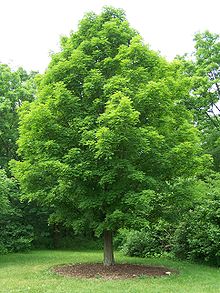

An American Sugar Maple
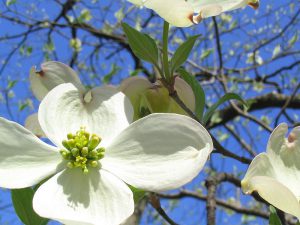

A Dogwood Flower


A Hickory Tree


A Horse Chestnut Tree
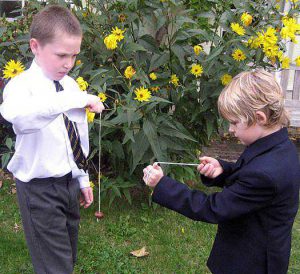

A Game of Conkers
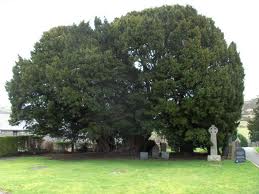

Yew Trees Growing next to a Graveyard
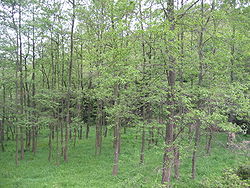

A Grove of Alder Trees
| willow | 柳 ヤナギ | |
| weeping willow | シダレヤナギ | |
| oak | 樫 カシ | |
| beech | ブナ | |
| hazel | ハシバミ | |
| sycamore | ヨーロッパの楓 | |
| elm | ニレー | |
| birch | カバノキ | |
| aspen | アスペン | |
| tupelo | チュペロ | |
| maple | 砂糖楓 サトウカエデ | |
| dogwood | 水木 ミズキ | |
| elderflower | ニワトコ | |
| alder | ハンノキ | |
| eucalyptus | ユーカリ | |
| yew tree | イチイ | |
| chestnut | 栗 クリ | |
| larch | 唐松 カラマツ | |
| giant redwood, sequoia | セコイア | |
| ash | トネリコ | |
| rowan, mountain ash | 七竃 ナナカマド | |
| Scots pine | ヨーロッパアカマツ | |
| hickory | ヒッコリー | |
| walnut tree | クルミ | |
| horse chestnut, conker tree | トチノキ | |

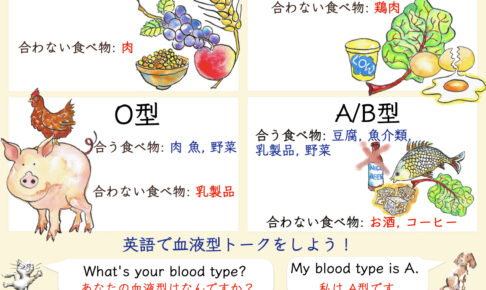
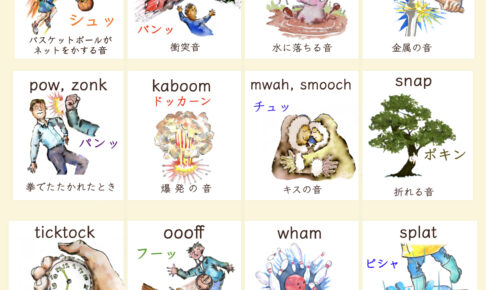
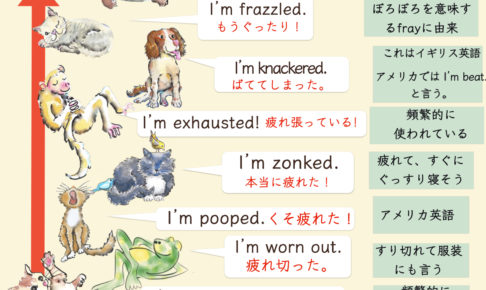
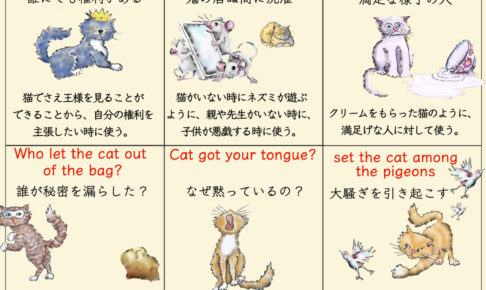




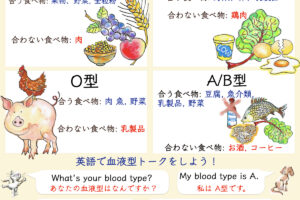
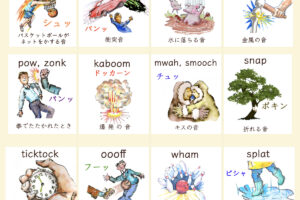

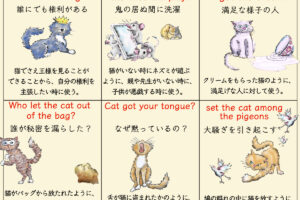
How about some Latin/scientific names? This will greatly help your readers to distinguish between different types of plants.
Also, if people already know Japanese (or English), when they are doing their vocab drills they can study Latin and another language at the same time. E.g. say a Japanese person already knows the Japanese word for “sparrow”, then they could make a flashcard with one side saying “sparrow”, so they learn the English, and the other side saying “erithacus rubecula”, so they can learn the Latin.
Just a thought.
雅各
One more thought… inclusion of scientific names will give your site more traffic, as there will be more *relevant* key words on the site.
雅各
Hi James,
That’s a great idea. I shall definitely consider it!
あいうえおかきくけこさしすせそたちつてと
うんぢDF